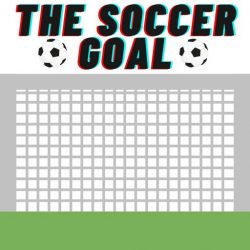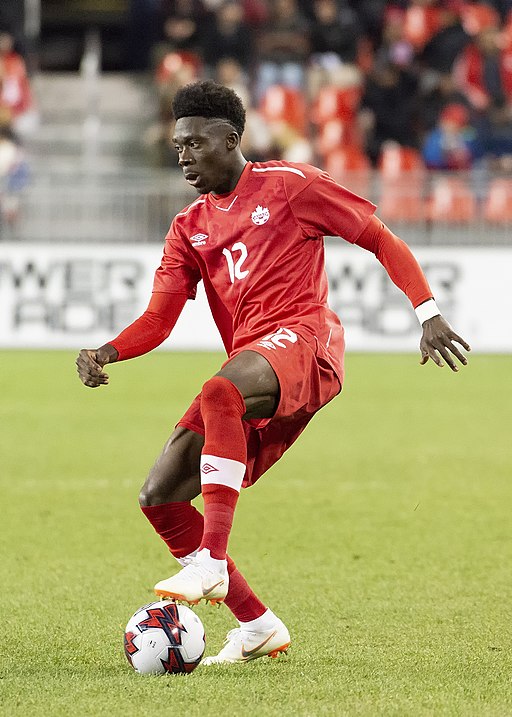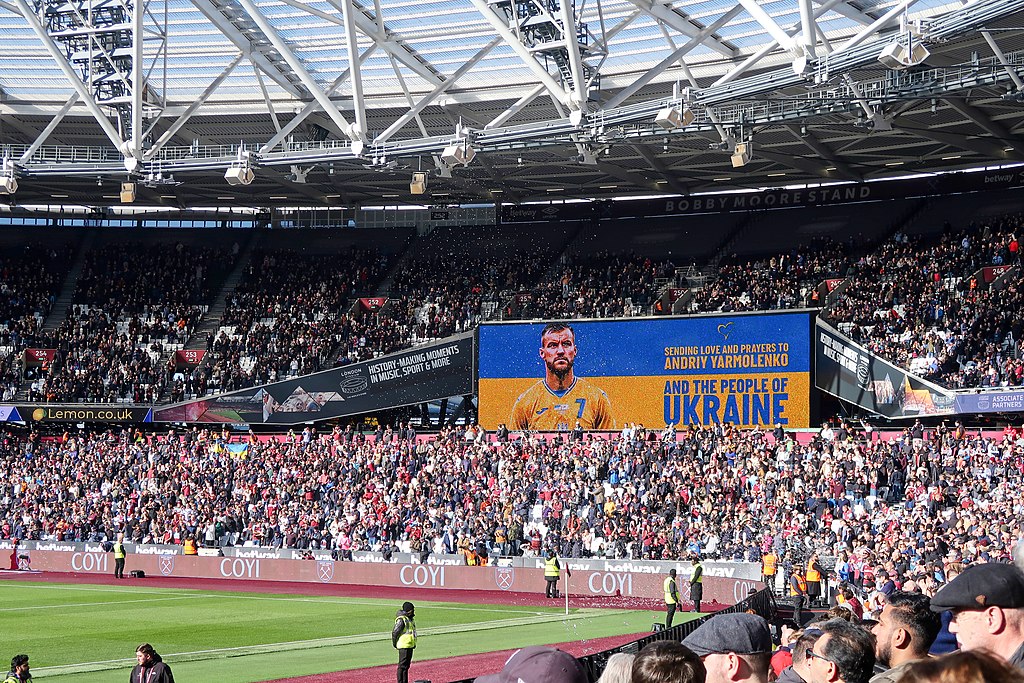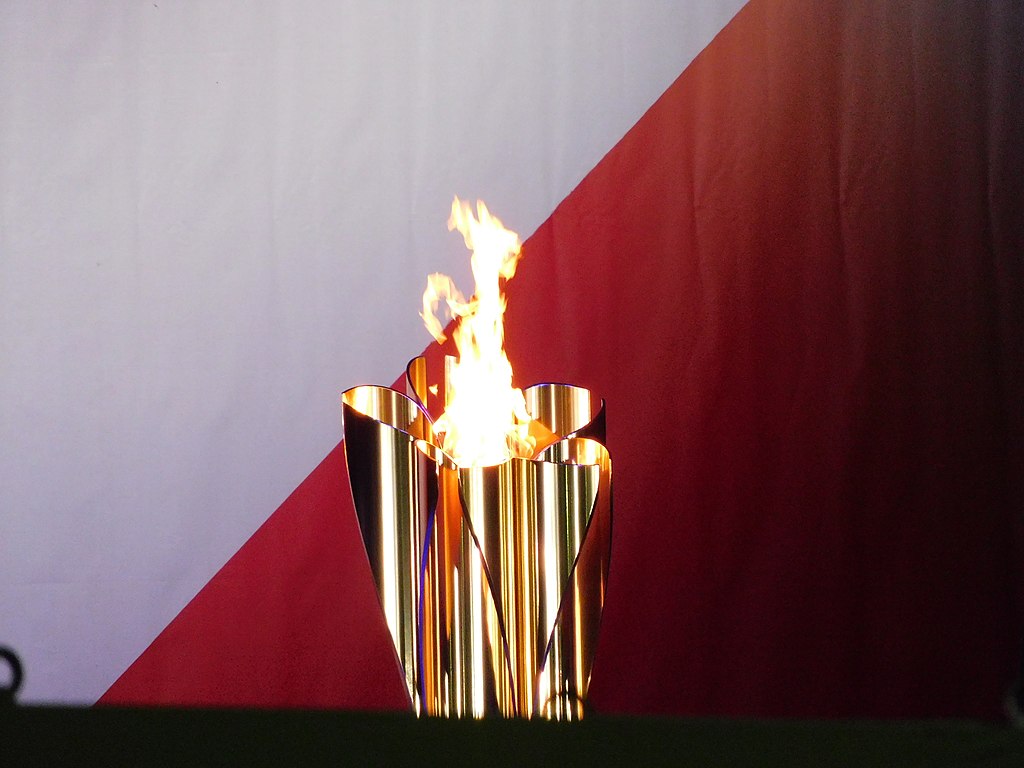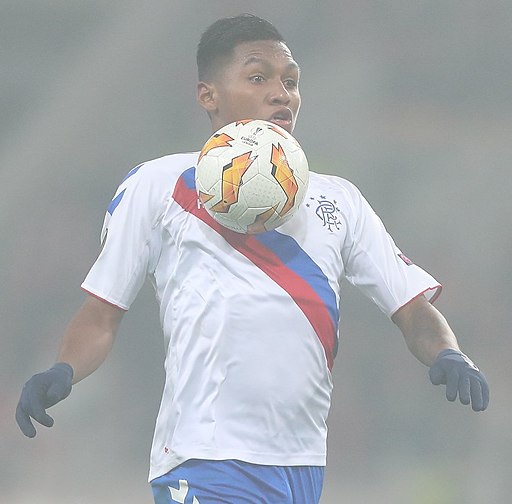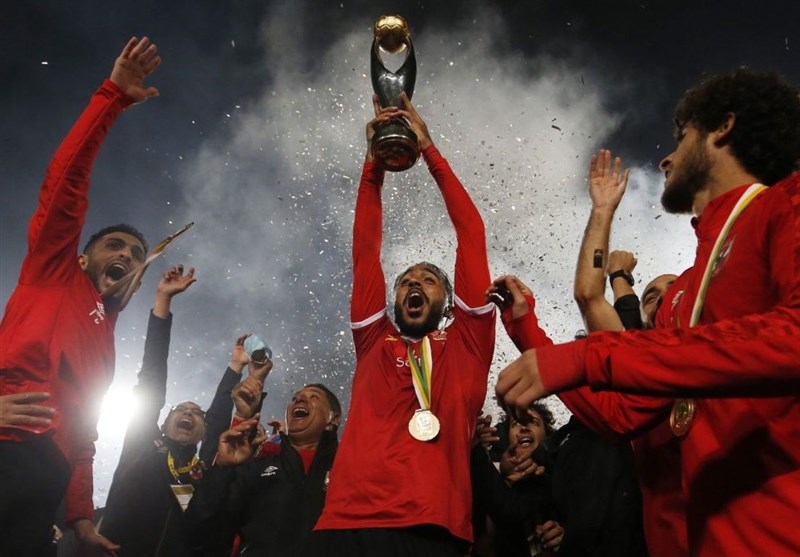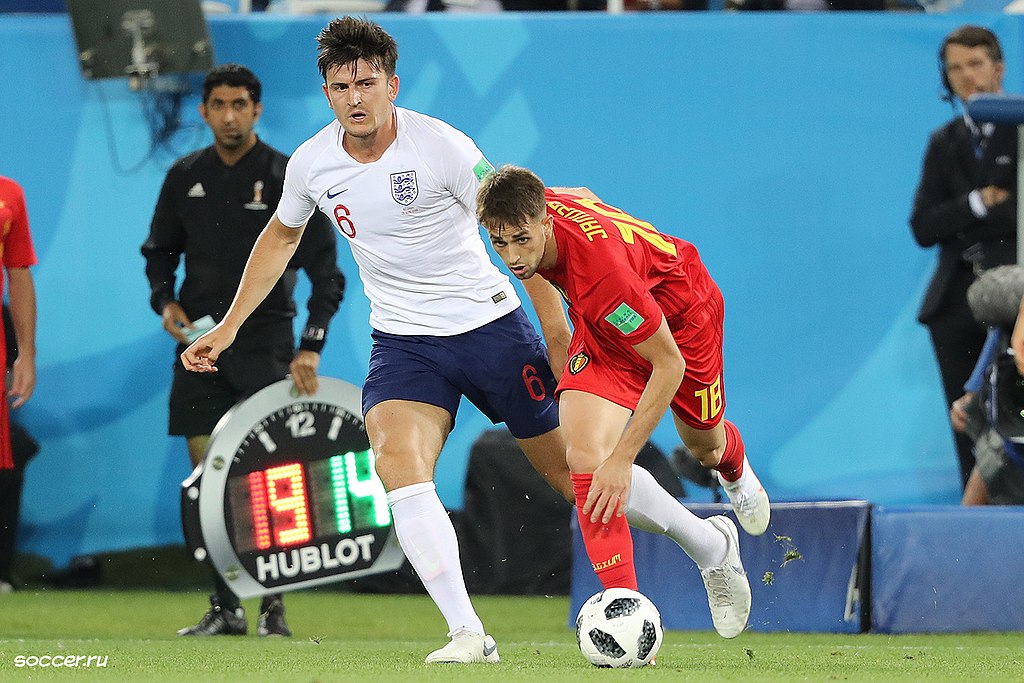In just one month, World Cup qualifying in North America will begin – but it won’t look like it used to. The format has changed.
Originally, only the top six teams in North America (as of July) would advance. Those rankings would go up or down according to how well (or poorly) teams did in the friendlies: that’s usually why they play so many. But due to the coronavirus pandemic, the teams didn’t get to play the friendlies. That means that the rankings stayed the same. What to do? Rather than rely on the rankings, the qualifiers changed the format to this:
The five best-ranked teams automatically advance to the third round. This group includes Mexico, USA, Costa Rica, Jamaica, and Honduras.
All of the remaining teams are split into six groups of five teams that will play each team in their group once. The winner of each of the six groups will advance to the second round, and they play the winner of a different group over two legs. If you do the math, you’ll see that three winners will emerge from those matchups, and those winners will advance to round three of World Cup qualifiers. But to get to round two or round three, teams first have to navigate the tricky group stages.
Who is expected to advance, and who could surprise some people?
Group A: El Salvador, Antigua and Barbuda, Grenada, Montserrat, US Virgin Islands
Had the previous format been chosen, El Salvador would’ve been the sixth and final team to qualify. Instead, they now have to go through qualifiers. El Salvador are attempting to qualify for the World Cup for the first time since 1982. The blue and whites have never had much success in major international tournaments, as they have never made it out of the group stages in the World Cup, and haven’t made it past the quarter-finals in the CONCACAF Gold Cup since 1989.
However, El Salvador are the only team in Group A to have ever qualified for a World Cup, and only Grenada and El Salvador have qualified for the Gold Cup. El Salvador and Antigua are also the only teams that have players who also play for the first tier European teams, although Montserrat have the most valuable player in the group, with Nottingham striker Lyle Taylor.
On paper, this group should be incredibly easy for El Salvador since El Salvador are the sixth-highest ranked team in North America. They are in a group with the US Virgin Islands, who are ranked as the third-worst team in the world. In fact, El Salvador are ranked 57 times higher than any other team in the group. However, nothing is guaranteed, as Grenada are undefeated in their past eight matches, whilst Montserrat have not conceded more than three goals in a game since 2012.
Group B: Canada, Suriname, Bermuda, Cayman Islands, Aruba
Despite typically being known as a hockey country, Canada’s soccer team is on the rise. Alphonso Davies has just won the treble with Bayern Munich after a breakout season, Jonathan David has just completed a highly anticipated move from Belgian team Genk to Lille, Cyle Larin returns to Besiktas after a successful loan spell in Belgium, and Liam Millar is an exciting prospect for Premier League champions Liverpool. This is Canada’s golden generation, and it all starts here.
Canada might have some young prospects, but Bermuda have a goal-scoring machine in Nahki Wells. Despite only being called up to the national team 19 times, Wells has scored 12 times. Wells has also scored 120 goals in his career that has led the marksmen all over England, and he’ll be key if Bermuda want to make it out of the group.
Aruba and Suriname are both benefiting through links to the Netherlands, as Suriname are former Dutch colonies whilst Aruba still are a Dutch colony. This means that players who would normally play for the Dutch team, like Aruba midfielder Gregor Breinburg or Suriname striker Nigel Hasselbaink, are eligible to play for their nations. However, it is a double-edged sword, as players like Patrick Kluivert, Virgil van Dijk, Ruud Gullit, Ryan Babel, and Nigel de Jong have all turned down Suriname for the Netherlands. The Cayman Islands are a British territory, but they rarely get the same benefits as the Dutch territories since typically English players play for England or switch to another team in the UK, like Scotland.
Group C: Curacao, Guatemala, Saint Vincent and the Grenadines, Cuba, British Virgin Islands
I’ve called Curacao dark horses countless times, and now they have a more than decent chance to qualify for the World Cup. Curacao are in the same boat as Aruba and Suriname: they have gained players like Eloy Room, Juninho Bacuna, and Jurien Gaari, but Tahith Chong is expected to leave Curacao behind and play for the Netherlands. Ranked eighth-highest in North America, Curacao haven’t conceded three or more goals in a match in six years, and have not been lacking for goals, as they’ve scored 31 goals in their previous 15 games. Curacao have the quality to qualify for the World Cup, or at least make it out of the qualifying group stages.
However, if anyone could challenge Curacao, it would be Guatemala. Despite being ranked 130th in the world, Guatemala have won seven of their last eleven games, including a win over Costa Rica, who have qualified for the past two World Cups. In those eleven games, Guatemala have scored 35 goals and only conceded four goals. This is despite the fact that the Guatemalan soccer federation was suspended in 2016 and only just returned in 2018. Guatemala will also be eager to reach a first-ever FIFA World Cup. The Curacao-Guatemala matchup will be a mouthwatering, can’t miss game – made so even more due to the fact that it is the final match of the group stage on November 17, which means that game could decide who advances to round three of the World Cup qualifying.
Cuba have been conceding goals freely, allowing 37 goals in ten games. However, history will be on Cuba’s side, as the Lions of the Caribbean are the only team in Group C to have ever qualified for a World Cup, reaching the quarter-finals in 1938.
The CONCACAF World Cup qualifying process will be unlike any other. Typically, qualifying narrows down nations so that the weakest nations are eliminated long before they see any competitive teams. However, CONCACAF have put 30 teams together, meaning that the bottom teams have chances to surprise some of the teams at the top. Who are you rooting for?
Stay tuned for part 2!
Image Courtesy of Chris from Brampton, Canada / CC BY.
–
Don’t worry if your comment does not show up, all comments must be approved to reduce spam. I hope you enjoyed, and as always, keep watching soccer!
